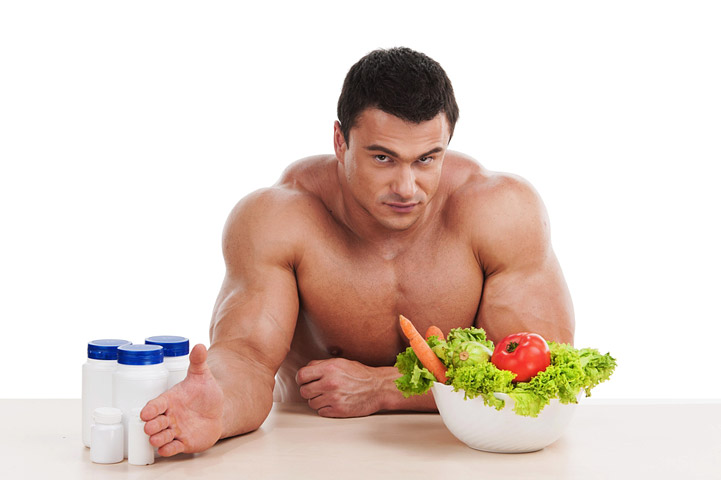
So much advice about bodybuilding diet is off the mark. There’s no point being diplomatic: much of what you read on weight training and bodybuilding sites about how much protein you need, what supplements you need, how you should eat and why, are just plain wrong. Weight training and bodybuilding nutrition is a science like anything else in the fitness sciences: it’s biology and biochemistry and physiology and it has rules and a base of evidence.
What’s worse is that selling supplements, most of which are not needed, has become such huge business in the commercial weight training and bodybuilding ‘industry’ that it is almost impossible to know if you are getting an objective evaluation of bodybuilding diet and nutrition.
Here’s what you need to know about diet and nutrition for weight training and bodybuilding. In fact, it’s not all that different from a normal healthy athlete’s diet, except for some emphasis on quantity and meal timing in various training phases. This, however, is where the detail becomes very important.
Start with a Healthy Diet
Although various diets like Atkins and South Beach and Ornish have become popular, the general consensus among dietitians and nutritionists is that a healthy diet is somewhat different — less stringent in requirements and more balanced across the major nutrients. You can see the key recommendations for the general population in Dietary Guidelines for Americans. Guidelines from other western countries like the UK and Australia are similar.
In summary, the recommendations are:
- Eat plenty of fruit and vegetables, whole grains, beans, nuts and seeds; some lean meats, fish, eggs, low-fat dairy products; and mono and polyunsaturated oils
- Limit intake of saturated fat, cholesterol, salt, alcohol and an excess of added sugars and sugary foods
- Drink plenty of water
- Maintain a normal weight
- Exercise regularly.
Recommended dietary intakes or allowances (RDI or RDA) are set by authorities for all essential nutrients – protein, fat, carbohydrate and vitamins and minerals.
Guidelines and RDIs usually include slightly modified recommendations for men and women, including pregnant women, and adolescents and children. Older adults may also have special requirements and recommended intakes.
Weight Training Nutrition
People who exercise have different requirements to sedentary people because the greater expenditure of energy usually requires a greater intake of food. The more you exercise the more you have to eat to sustain that level of activity to the point where some elite athletes such as Tour de France cyclists need to eat huge quantities of food to sustain their activity. Simple enough, and this also applies to casual exercisers, but it may not apply to you if fat loss is one of the reasons you took up weight training.
Nutrition for weight loss. In this case, you need to create an energy deficit; which means that the energy you consume in food is less than the energy you expend in exercise and daily living. Creating a 15 to 20 percent deficit in energy balance should ensure weight loss occurs over time. Your weight training, in this case, is to assist with fat loss while attempting to maintain muscle.
Yet weight losers need to do the very tricky thing of holding onto muscle and bone while shedding fat. It’s tricky because the body is not used to breaking down tissue like fat and building up muscle at the same time. Breaking down is called catabolism and building up is called anabolism, as in anabolic steroids. This is a contradictory process.
That’s why weight training is so important in any weight loss regimen: it helps to maintain muscle while you lose fat.
Nutrition for bodybuilding. If you weight train for sports, weight lifting competition, bodybuilding or even as a way to maintain fitness or appearance now that you’ve reached an ideal weight, you will probably be more interested in gaining muscle and maintaining low body fat.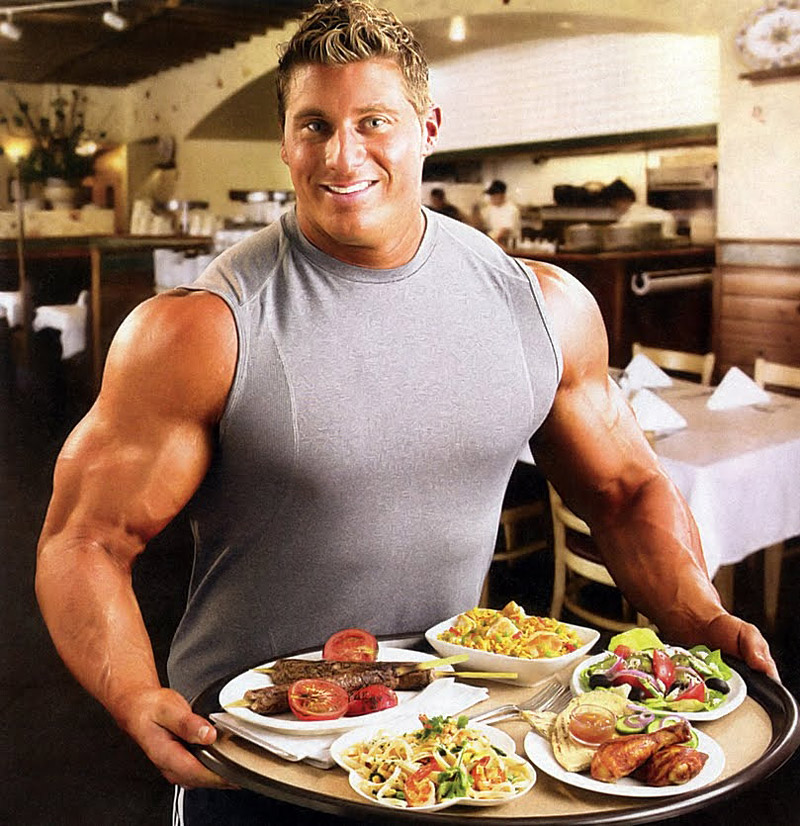
The dietary specifics will be different in each case. In this article, we’re emphasizing bodybuilding diet and nutrition so let’s take a look at what’s required.
Muscle Building, Bodybuilding Diet
To build extra muscle you need to eat in excess of what you currently eat and to work out with weights on a regular basis. How much muscle you can gain, how quickly and with what definition is largely determined by your genetics and age. But everyone at almost any age should be able to gain some muscle and strength with weight training. Proper nutrition is a crucial element in the muscle building process.
That overeating is not a good idea if you are already overweight is surely something you already know. Get fit first.
When you overeat for the purposes of gaining muscle you also gain some fat. Let’s say you are a slender guy of six feet (180 centimeters) and 154 pounds (70 kilograms) and you want to bulk up with extra muscle and eventually stabilize at a low percentage of body fat.
Here is how you would do it:
- Overeat. Increase your daily intake of energy (calories) by about 15 percent. You could do this with guesswork or you could work out your normal requirements using various formulae on the net and then increase food intake accordingly. Try Joanne Larsen’s terrific Healthy Body Calculator. It should not be all protein but the extra protein you consume, either in supplements or protein foods, should be low in fat. More on this later in the article, but you should stay close to the current guidelines for protein requirements for weight trainers. Hiring a sports dietitian with some experience in weight training is also an option.
- Train with weights. Commence a solid weight training program targeting all the main large muscle groups such as the arms, legs, shoulders, chest, back and abdominals. The extra energy you consume will fuel muscle growth as the exercise stimulates growth.
- Cut, lose, and shed. This mean that you are now bulked up with extra muscle and fat, and you need to lose much of that fat while maintaining the muscle. Gaining fat is somewhat inevitable during this process but you should be especially careful to eat healthy food at this time. Fast foods should be kept to a minimum. Eat healthy but big.
Energy deficit revisited
Remember what I said about catabolism and anabolism previously in relation to weight loss? You are now going to attempt to do just that: shed fat and hold onto the lovely muscle you gained. Your energy intake should now be cut back by the 15 percent you added with the objective of losing fat and maintaining that muscle.
Because you’re now not the lean guy you once were, you may have to eventually eat slightly more to maintain that extra muscle, but not right now. This is a slightly different scenario to someone who is obese, unfit and trying to lose weight and hold muscle. Our young and fit male weight trainer has a more normal hormonal metabolism but he still has to do this correctly.
In fact, bodybuilders do this sort of thing regularly to prepare themselves for competition: they put on muscle and some fat by eating up, then they strip off the fat leaving the muscle to show through. It’s called ‘cutting’.
Fat and sugar down, protein up.
In this cutting phase, the diet should be low in fat, around 20 percent, and protein intake should be maintained, which can help protect muscle. For example, if your protein intake was 1 gram/pound of your body weight per day (2.2 grams/kilogram) when you were bulking up and overeating, you would now keep that protein intake constant while cutting excess fat and carbohydrates, particularly added sugar and sweets and white flour products, all the while keeping up the supply of those antioxidants in fruit, veges and whole grains.
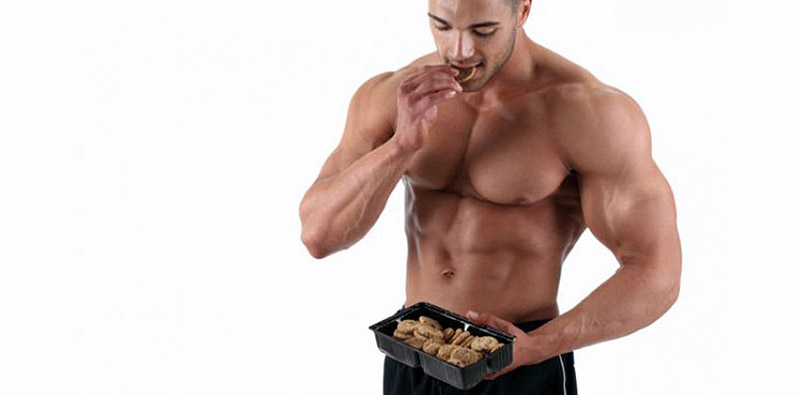
Such a nutrition plan could look like this for the macronutrients (protein, fat, carbohydrate):
Bulking phase
Protein: 15-20%
Fat: 20-30%
Carbohydrate: 50-60%
Cutting phase
Protein: 20-25%
Fat 15-20%
Carbohydrate 55-60%
In either phase, you really don’t want to exceed 1 gram per pound of body weight of protein (2.2 grams/kilogram). A little more probably won’t hurt a healthy person but chances are, based on the science of protein requirements for athletes, it won’t help either – only cost you in expensive supplements or food. Any hint of kidney disease and you would need to be cautious about excessive protein intake. Consult your doctor for advice if this applies.
Protein Intake
I emphasize protein intake because the tendency of some male weight trainers is to shovel in the protein in the form of shakes and supplements and the occasional whole turkey without figuring out how much is useful or even how much they are ingesting. The numbers above are actually at the top of the range of possible requirements. The American College of Sports Medicine estimates the requirements for strength trainers at 1.6 to 1.7 grams per kilogram body weight per day (about 0.8 grams per pound). If you don’t do high intensity or long sessions, and only a few days a week, this is likely to be in excess of requirements as well.
Meal Timing for Bodybuilding Diet
Now that you’ve muscled up and got ripped to low body fat levels you’ll want to know the best way to eat and train to stay that way. Eating for elite athletes is taken very seriously by sports nutritionists and coaches – or it should be — because a few fractions of a second in a sprint or a few seconds in longer races can mean the difference between a gold medal and a “thank you for coming”. Even in the amateur ranks it’s just nice to know that you are maximizing your workout by eating in a way that makes the most of your hard work. Meal timing and constitution before and after exercise is an important part of this.
The Pre-exercise Meal
Weight trainers don’t usually expend the amount of energy that a an endurance athlete does in training, so one doesn’t have to be as acutely aware of the intake of carbohydrate required to fuel such effort. For example, a heavy-training marathoner or triathlete may require 7-10 grams of carbohydrate per kilogram body weight per day (3-5 grams/pound/bw/day). Take it from me that this is a lot of carbohydrate – more than 32 slices of bread equivalent for a 150 pound (70 kilos) athlete minimum.

Even so, here are some principles for meals prior to exercise as generally supported by sports nutritionists and modified for the strength athlete. Remember, this is for eating before you train or compete.
- Experiment and find your tolerance for various foods before and during exercise. This is important because many of us react differently to fiber, foods like beans, milk, various fruits and so on.
- Eat meals low in fat and fiber with some protein and carbohydrate. Fiber can and should be part of a healthy diet in other meals.
- A main meal should be eaten 3-4 hours before exercise.
- A smaller meal can be taken 1-2 hours before exercise.
- Within an hour of activity, liquids such as sports drinks and gels, or protein shakes or foods that are not too heavy may be best.
- A very small percentage of people get a reactive blood glucose drop if they eat a high carbohydrate meal, so this may not be suitable for some people near to exercise. The number of athletes that suffer from this condition, called hypoglycemia, is much lower than once thought. Adding protein to the meal can prevent this.
- Running type sports seem to churn the gut up and produce discomfort more than stationary or supported sports like weight training, swimming or cycling; so the pre-meal variety can be greater if you’re not a runner. (I still wouldn’t have the goose liver pate followed by the fried chicken and rice though.)
- Consume around 10-20 grams of quality protein within 30-60 minutes of the weights session. Research has shown that an intake of 6-12 grams of essential amino acids, which is equivalent to 10-20 grams of a complete protein, promotes enhanced muscle protein recovery and rebuilding after the workout. One gram per kilogram body weight (about 0.5 grams/pound) of carbohydrate taken with the protein may assist this anabolic boost. Some trainers call this a protein ‘shooter’.
Here are some foods and combinations that provide at least 10 grams of protein and 50 grams of carbohydrate.
- Flavored low-fat milk, 17 fl. ounces (500 ml)
- 1 cup fruit salad with 7 ounces or 200 grams flavored yoghurt
- A large glass of skim milk and two slices of bread and honey or jam (no butter)
- Various protein bars and protein shakes and powders – check the labels for percentages and quantities.
Refueling During a Weights Session
Unless you do extreme sessions for considerably longer than an hour, include intense cardio or strength-endurance weights programs, or ate poorly in the hours leading up to the session, you probably don’t need anything other than water to get you through in good shape.

And good shape means not letting your blood and muscle glucose get too low at which point cortisol and other hormones will be looking to break down your muscle.
It’s a fine point but one that’s worth considering. You don’t need expensive and probably useless supplements to protect you from catabolic cortisol surges, all you need is some carbohydrate from a sports drink, gel or bar.
The Post-Exercise Meal
How you eat to recover from exercise is one of the most important principles in exercise nutrition. If you don’t refuel sufficiently after each session, your glucose (glycogen) stores in muscle can get depleted leading to tiredness, poor performance and even immune system suppression and infection. Glucose is the athlete’s and exerciser’s main fuel. You get it from carbohydrate foods and drinks. What’s more, inadequate refueling after your session won’t take advantage of that hard muscle work by giving those muscles an anabolic boost that repairs and builds.
Weight trainers do not use as much glucose fuel as the higher intensity or higher duration aerobic sports like track and endurance running and cycling, but even so, it pays to keep those glycogen stores topped up if you want to be at your best in training. You will notice glucose depletion more after muscle-endurance and hypertrophy programs where higher repetitions, perhaps to failure, are slated rather than the low-rep strength sets where direct ATP (adenosine triphosphate) is likely the main fuel. Low numbers of repetitions with heavy weights are used to develop strength, whereas lighter weights and more repetitions are used to build muscle size and muscle endurance. The latter is likely to expend more energy.
Here is how to recover after your workout:
- Commence recovery nutrition within 30 minutes of completion of the weights session.
- Consume protein as soon as possible: 10-20 grams of quality protein, the same as recommended for the pre-exercise meal.
- Consume carbohydrate as soon as possible: one gram per kilogram body weight (0.5 grams per pound body weight) is a useful starting point. Consume carbohydrate according to the intensity and duration of the workout, including whether you did any aerobic exercise in the session.
Getting the Carbs Right
Move the carbohydrate quantity up or down as you assess your weight and energy levels as you train or compete. Modify carbohydrate intake according to how often or intensely you work out. A one-hour session of combined weights and cardio at moderate to high intensity may require at least 5 grams of carbohydrate per kilogram body weight per day (2.5 grams/pound).
Here are estimates of carbohydrate requirements with weight training the focus. Intensity of exercise over time increases quantities required. If light exercise, choose the lower numbers; only applies to days of exercise; choose higher rates if you mix solid cardio sessions with weights. Estimates only.
— Casual activity – 3-4 grams/kilogram/bodyweight/day (divide by 2.2 for pounds)
— 30-60 mins exercise/day – 4-6 gm/kg/bw/day
— 60-90 minutes exercise/day – 5-7 gm/kg/bw/day
— 120 minutes or more/day — 6-9 gm/kg/bw/day
If you do more than one session each day, the post-exercise snack should be continued for each hour until regular meals resume. This is important to get you up for the later session. Few weight trainers choose to do two weights sessions a day, but some do an early session of cardio and a later session of weights or vice versa.
If you’re serious about this and want to take a precise approach, it’s worth buying one of those little calorie counter books or jumping onto calorieking.com or a similar site to check out how much protein or carbohydrate is in any food.
Getting the Protein Right
You definitely don’t need to consume excessive quantities of protein in any form to build muscle and support your weight training or bodybuilding activity. Try not to exceed 1 gram per pound of body weight of protein daily. That may be a little more than what you will need but you don’t need more than that.
Getting the Balance Right
You do need to eat sufficient food and carbohydrate to sustain your activities. Too little carbohydrate and your body will break down your muscle for glucose and reverse all those hard-gotten gains. Don’t believe advice that says carbohydrates are fattening. Everything is fattening. Don’t eat everything. Still, you can modify your carbohydrate intake for the better by avoiding refined flours, sugars, sweets and other quickly absorbed or processed carbohydrates when you are not exercising intensely.
The Least You Need to Know
Don’t worry too much about the finer detail of calculating quantities if you don’t wish to. The detail is there for those who can use this precision, but most people don’t. Experience and getting to know how your body works is probably more important, as well as trial and error within the information provided here. Check out these main points.
- Eat some protein and carbohydrate about thirty minutes before a session.
- For sessions that proceed considerably longer than an hour at moderate to high intensity, and include cardio, take a sports drink during the session.
- Eat some protein and carbohydrate immediately or within 30 minutes of the end of the session.
- Don’t use protein supplements excessively. You can get the required amount of quality protein from lean chicken, fish, soy, skim milk and some red meat.
- Some weight trainers do better with six smaller meals a day rather than three larger meals. Don’t fret about this; it doesn’t suit everyone. However, always eat breakfast.
- Eat a healthy diet low in saturated fat and cholesterol and high in fruit, vegetables, beans, whole grains and quality monounsaturated and polyunsaturated fats in nuts, seeds and oils.
- Drink plenty of fluids to replace water lost. Beverages like tea and coffee contribute to this. The diuretic effect of these drinks has been overstated.
Supplements in Bodybuilding Diet

Dietary supplements are big business. Some work, some don’t, some affect performance negatively, some are hazardous and some are illegal and will get you banned in international sport. In fact, many are a waste of money and a con.
Protein powder supplements, particularly whey-based supplements, do have a place in supplementation for busy weight trainers, it’s just that they’re not used with precision and knowledge by many, and cheaper solutions may be available.
Summing Up Bodybuilding Diet
Precision nutrition for exercise can be complex and that’s why exercise physiologists and sports nutritionists are of great value to sporting teams these days. Even though we keen amateurs and weekend warriors don’t have to worry too much about the split second in a race or the inch of bicep in a bodybuilding competition like the pros do, we can still eat well for our sport and activity. It helps no doubt.

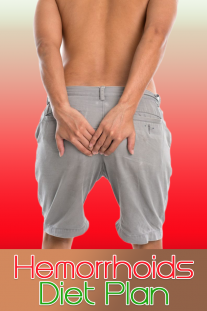
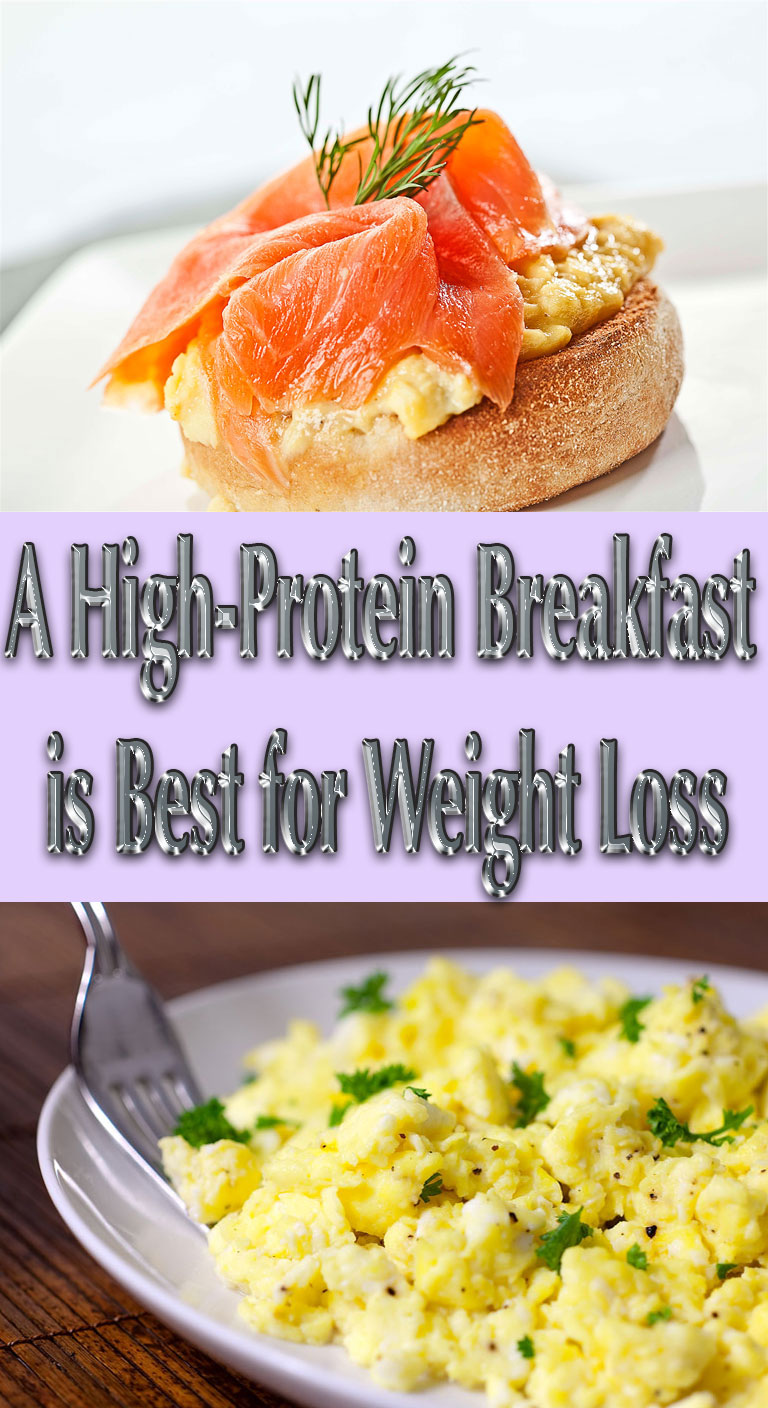
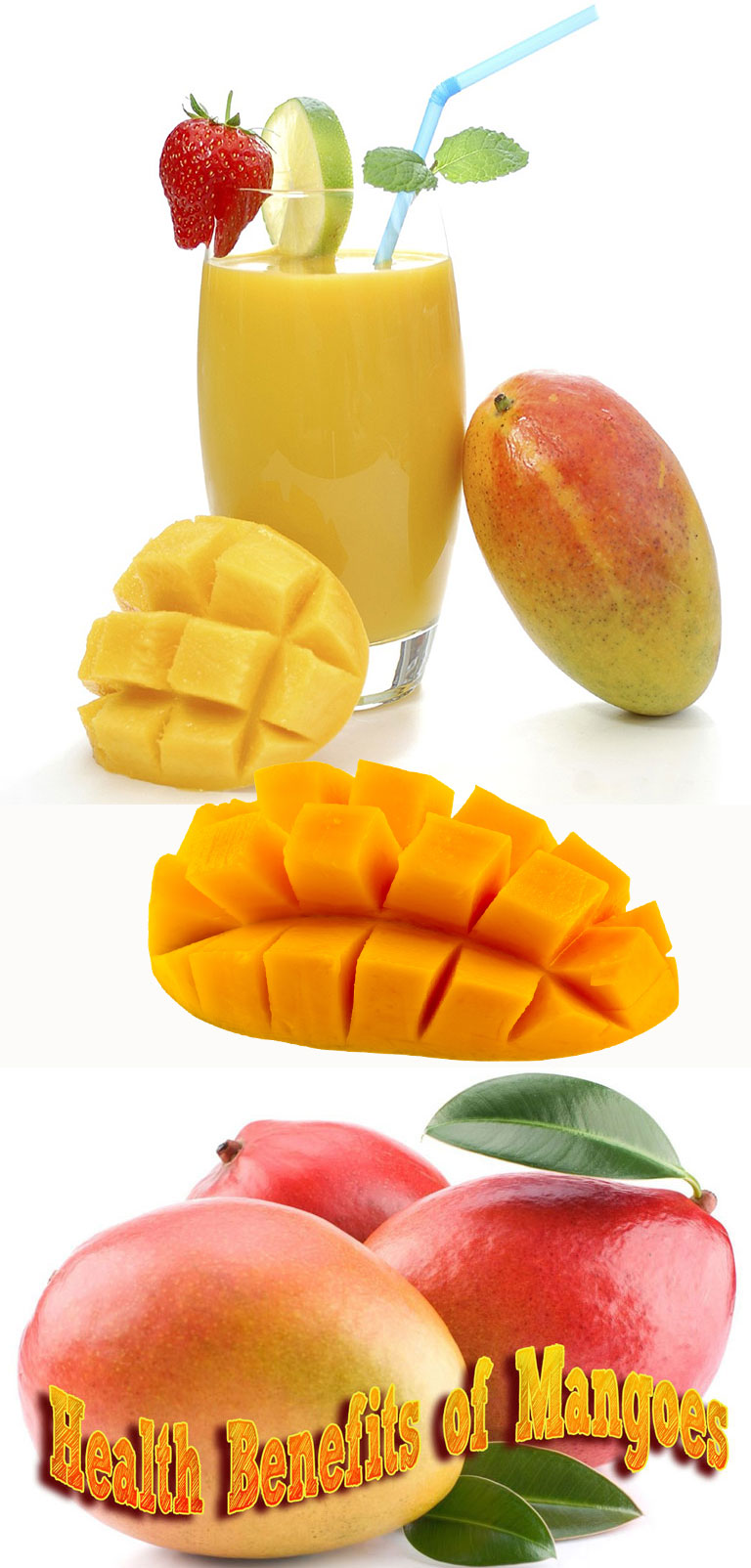
Leave a Reply